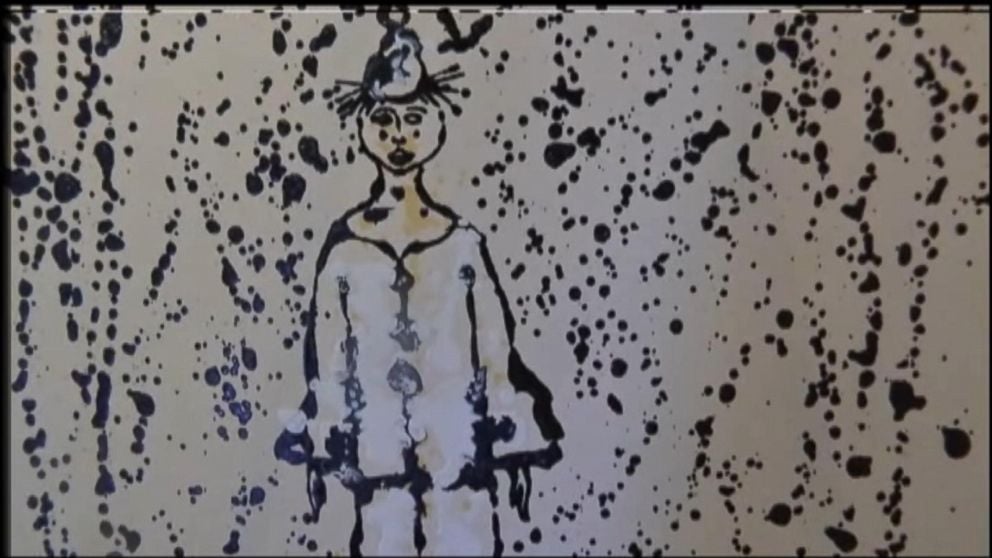Art World
Sigmar Polke Painting Worth Millions Bought for $90 in Texas Thrift Store
The work could be worth millions.

The work could be worth millions.

Sarah Cascone

A flea market find may mean a big payout for a Texas man. Ray Riley believes that the canvas he picked up for a mere $90 earlier this year is an authentic Sigmar Polke painting.
Polke has had a resurgence over the past few years, with a retrospective of his work at MoMA this past year and a new record for his work set at auction in May this year when it sold for $27.1 million at Sotheby’s New York (prior to that, the record was $9.2 million, set in 2011).
The piece had been available for sale at the Guild Shop in Houston for 104 days when Riley, a regular visitor to the shop, pulled the trigger on the purchase on May 17.
When he took the work home, Riley removed the frame to examine his acquisition, and found the letters “S Polke” written on the corner.
“I got very nervous and started trembling. I ended up hiding the painting for a couple weeks,” he told ABC News. Riley began researching the German artist, and is now confident that he is a possession of a genuine Polke.
Remarkably, the thrift store is also currently offering a painting by William Gay Yorke for sale with an $18,000 price tag, showing that you never know what someone will unknowingly get rid of. If the Polke proves to be authentic, it could be worth considerably more than that, with ABC citing a $2-7 million range.
“We have hundreds of art pieces that come through all the time and we obviously don’t know if some of them are worth millions,” the store’s executive director, Gaye Jackson, told ABC.
Though Riley has high hopes for authenticating and selling the painting, such bargain finds don’t always turn out to have happy endings.
In 2012, Pierre-Auguste Renoir‘s On the Shore of the Seine (Paysage Bord du Seine) (circa 1879), turned up at auction, courtesy of a woman who claimed to have bought it for $7 at a flea market.
As it turned out, the tiny oil painting had been stolen from the Baltimore Museum of Art (BMA) in 1951. After a protracted legal battle, the work was returned to the BMA this past March.